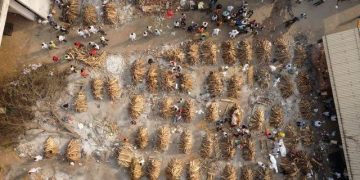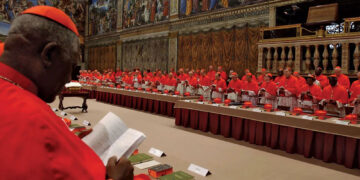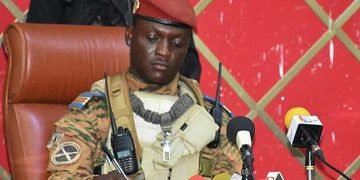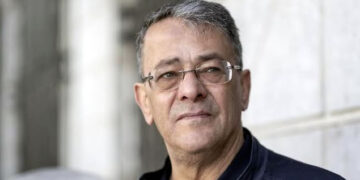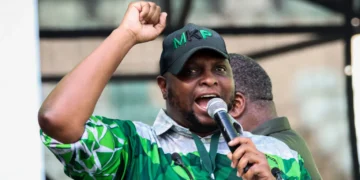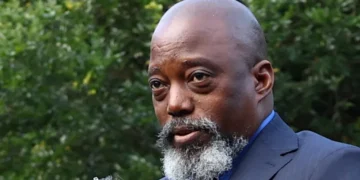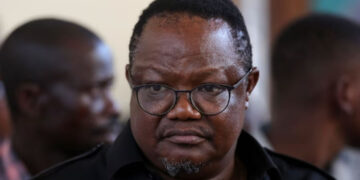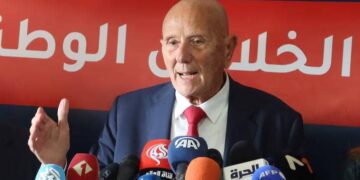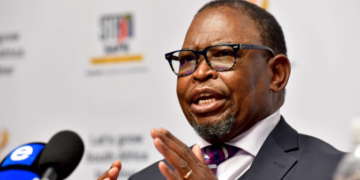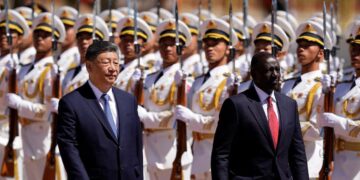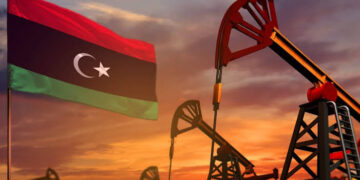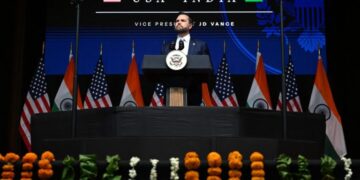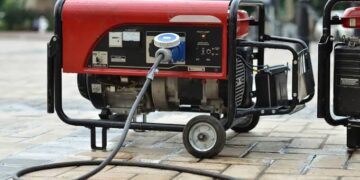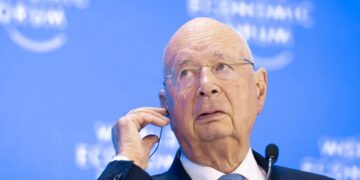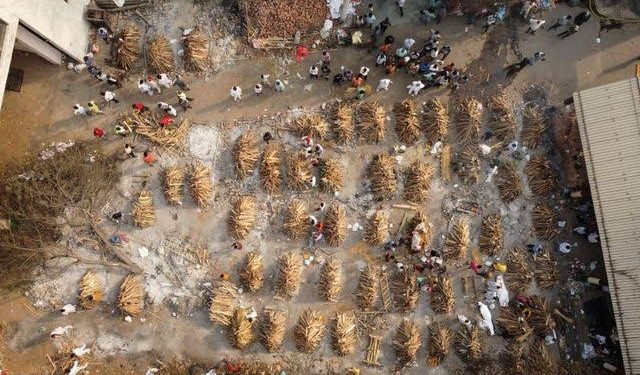Gravediggers worked around the clock to bury victims and hundreds more were cremated in makeshift pyres in parks and parking lots as
India’s total COVID-19 cases passed 18 million on Thursday.
Health ministry data showed that the Asian country reported 379,257 new infections and 3,645 new deaths on Thursday, the highest number of fatalities in a single day since the start of the pandemic.
The world’s second most populous nation is in deep crisis, with hospitals and morgues overwhelmed.
Gravediggers also share in the trouble as Sayyed Munir Kamruddin, 52, said he and his colleagues were working non-stop to bury victims.
According to him, “I’m not scared of COVID, I’ve worked with courage. It’s all about courage, not about fear,” he said. “This is our only job. Getting the body, removing it from the ambulance, and then burying it.”
The search of life-saving oxygen for sick relatives has seen thousands of Indians frantically utilise social media apps and personal contacts to look for hospital beds and life-saving oxygen for sick relatives.
Hospital beds that become available, especially in intensive care units (ICUs), are snapped up in minutes.
“The ferocity of the second wave took everyone by surprise,” K. VijayRaghavan, principal scientific adviser to the government, was quoted as saying in the Indian Express newspaper.
“While we were all aware of second waves in other countries, we had vaccines at hand, and no indications from modelling exercises suggested the scale of the surge.”
Meanwhile, India’s military has begun moving key supplies, such as oxygen, across the nation and will open its healthcare facilities to civilians.
The oxygen crisis is expected to ease by mid-May, a top industry executive told Reuters, with output rising by 25% and transport systems ready to cope.
“My expectation is that by the middle of May we will definitely have the transport infrastructure in place that allows us to service this demand across the country,” said Moloy Banerjee of Linde Plc (LIN.N), India’s biggest oxygen producer.
Hotels and railway coaches have been converted into critical care facilities to make up for the shortage of hospital beds.
India’s best hope is to vaccinate its vast population, experts say, and on Wednesday it opened registration for all above the age of 18 to receive shots from Saturday.
But although it is the world’s biggest producer of vaccines, India does not have the stocks for the estimated 800 million now eligible.
Many who tried to sign up for vaccination said they failed, complaining on social media of being unable to get a slot or even to simply get on the website, as it repeatedly crashed.
“Statistics indicate that far from crashing or performing slowly, the system is performing without any glitches,” the government said on Wednesday.
More than 8 million people had registered, it said, but it was not immediately clear how many had got slots.
India expects close to 550 oxygen generating facilities from around the world as medical aid starts pouring in, Foreign Secretary Harsh Vardhan Shringla said on Thursday.
Two planes from Russia, carrying 20 oxygen concentrators, 75 ventilators, 150 bedside monitors, and 22 tonnes of medicine, have arrived in Delhi.
The United States is sending supplies worth more than $100 million, including 1,000 oxygen cylinders, 15 million N95 masks and 1 million rapid diagnostic tests, the White House said on Wednesday.
The United States also has redirected its own order of AstraZeneca (AZN.L) manufacturing supplies to India, to allow it to make more than 20 million doses, the White House said.
India will receive a first batch of Russia’s Sputnik V vaccine on May 1. Russia’s RDIF sovereign wealth fund, which markets Sputnik V globally, has signed deals with five Indian manufacturers for more than 850 million vaccine doses a year.
Bangladesh said it would send about 10,000 vials of anti-viral medicines and 30,000 PPE kits.
Germany will send 120 ventilators on Saturday, and a mobile oxygen production facility next week, its defence ministry said.
